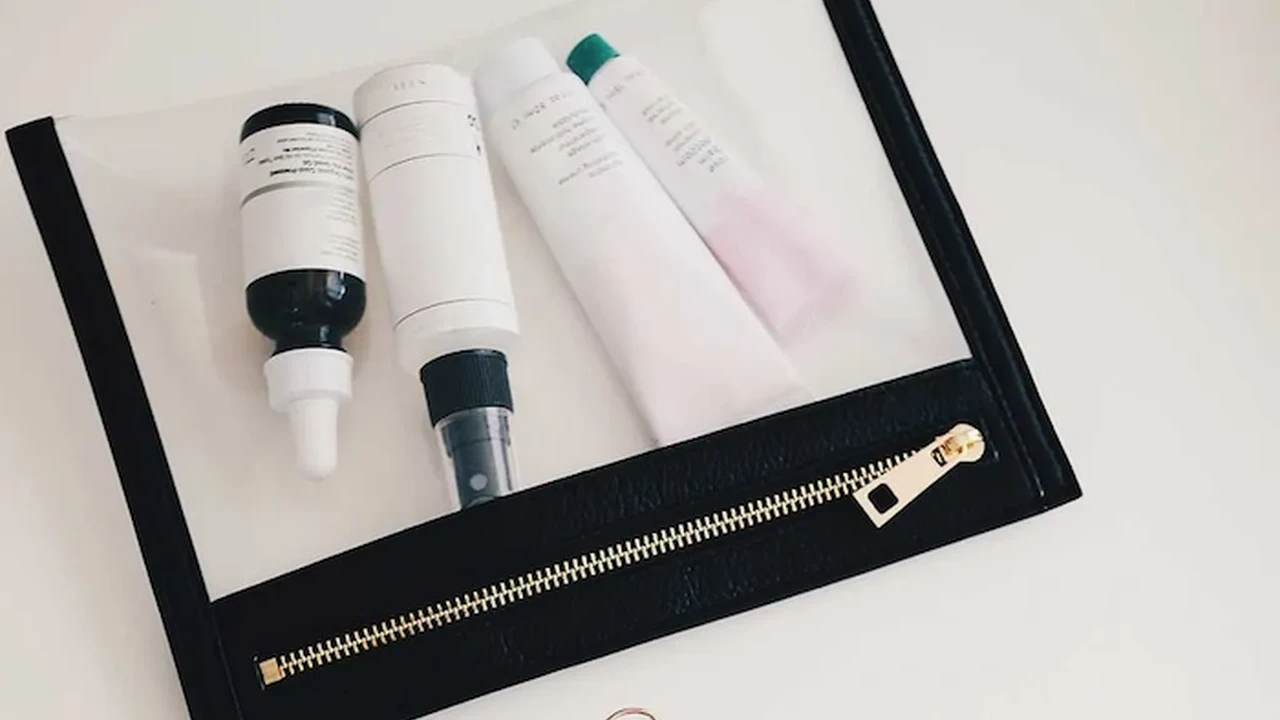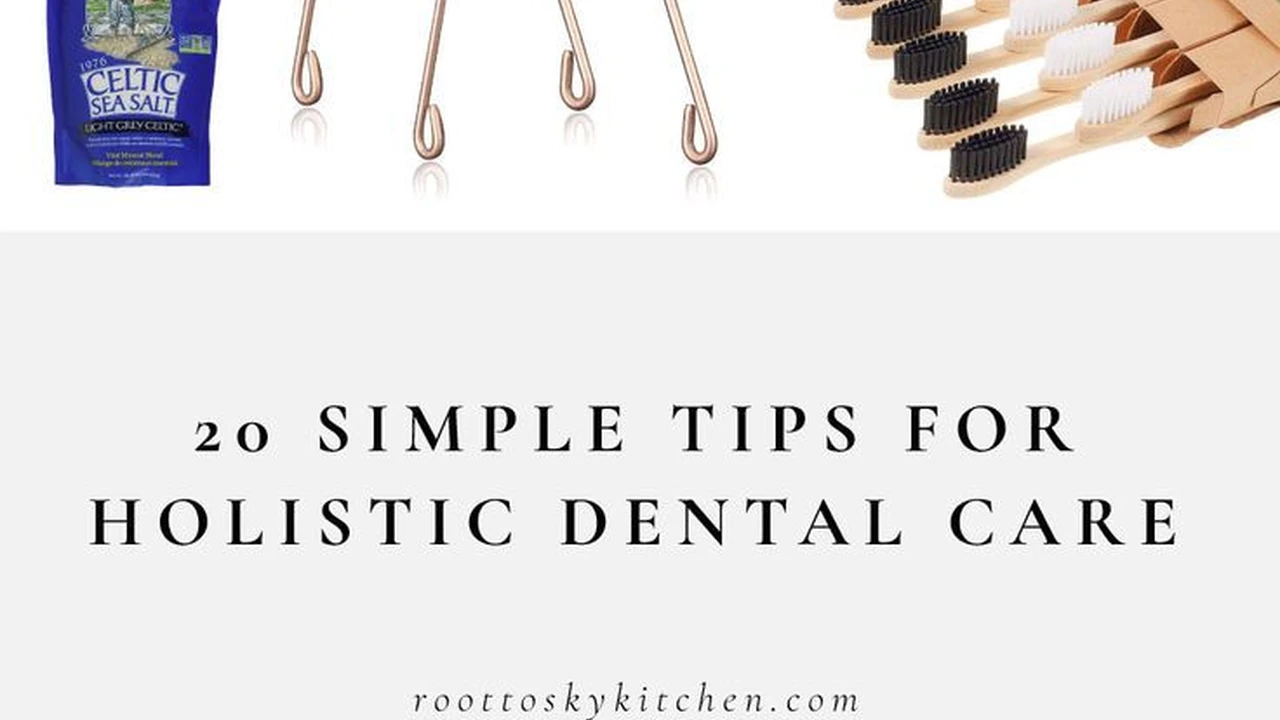6 Eco-Friendly Tips for Building a Capsule Wardrobe
Learn 6 effective eco-friendly tips for building a sustainable capsule wardrobe. Simplify your style and reduce waste.

Learn 6 effective eco-friendly tips for building a sustainable capsule wardrobe. Simplify your style and reduce waste.
6 Eco-Friendly Tips for Building a Capsule Wardrobe
Hey there, fashion-conscious friend! Ever feel overwhelmed by a closet full of clothes but nothing to wear? Or maybe you're just looking for a way to make your style more sustainable and less impactful on our beautiful planet? Well, you've come to the right place! Building a capsule wardrobe is not just a trend; it's a lifestyle choice that can save you money, time, and significantly reduce your environmental footprint. It's all about curating a collection of versatile, high-quality pieces that can be mixed and matched to create numerous outfits. Think less clutter, more intentionality, and a whole lot of style. Let's dive into six super effective eco-friendly tips to help you build your very own sustainable capsule wardrobe.
Understanding the Core of a Sustainable Capsule Wardrobe What is it and Why Does it Matter
Before we get into the nitty-gritty, let's clarify what a sustainable capsule wardrobe truly entails. It's not about deprivation or wearing the same five outfits every week. Instead, it's about mindful consumption. It means choosing clothes that are made ethically, from sustainable materials, and designed to last. The 'capsule' part refers to a limited collection of interchangeable clothing items that complement each other. The 'sustainable' part means making choices that are good for the planet and the people who make your clothes. Why does it matter? The fashion industry is one of the most polluting industries globally, from excessive water usage and chemical dyes to massive textile waste. By embracing a sustainable capsule wardrobe, you're actively participating in a movement towards a more responsible and ethical fashion future. You're saying no to fast fashion's endless cycle of consumption and yes to quality, longevity, and conscious living.
Tip 1 Declutter and Define Your Style Identifying Your Fashion Identity
Alright, first things first: you can't build a new wardrobe without knowing what you already have and what truly resonates with you. This step is crucial for defining your personal style and understanding your needs. Start by pulling everything out of your closet. Yes, everything! Now, create three piles: 'Keep,' 'Donate/Sell,' and 'Discard.' Be ruthless but honest. Ask yourself: Do I love this? Does it fit well? Have I worn it in the last year? Is it versatile? For the 'Keep' pile, pay attention to what you truly enjoy wearing and what makes you feel good. These are the pieces that define your current style. For the 'Donate/Sell' pile, consider items that are still in good condition but no longer serve you. For the 'Discard' pile, think about items that are beyond repair or truly worn out. This decluttering process isn't just about tidying up; it's about understanding your preferences, identifying gaps, and recognizing what you genuinely need versus what you've accumulated out of habit or impulse. Once you've decluttered, take a moment to reflect on the common themes in your 'Keep' pile. What colors, fabrics, and silhouettes do you gravitate towards? This will be your style foundation.
Tip 2 Prioritize Quality Over Quantity Investing in Durable Ethical Pieces
This is perhaps the most important tip for a sustainable capsule wardrobe. Fast fashion thrives on cheap, disposable clothing. A sustainable capsule wardrobe, however, is built on the principle of 'buy less, choose well, make it last.' Investing in high-quality garments made from durable, sustainable materials means they'll withstand the test of time, reducing the need for frequent replacements. Think about materials like organic cotton, linen, hemp, Tencel (lyocell), recycled polyester, and responsibly sourced wool. These materials often have a lower environmental impact during production and are more durable. When you buy a high-quality piece, you're not just buying a garment; you're investing in its longevity, the ethical practices of the brand, and ultimately, a healthier planet. It might seem like a bigger upfront cost, but in the long run, you'll save money because you won't be constantly replacing worn-out items. Plus, these pieces often look better and feel more comfortable.
Recommended Brands for Quality and Durability
- Everlane: Known for their transparent pricing and commitment to ethical factories. They offer a wide range of basics like organic cotton tees, durable denim, and cashmere sweaters. Their Organic Cotton Crew Tee (around $24) is a fantastic foundational piece, perfect for layering or wearing on its own. Their Way-High Jean (around $98) is made from organic cotton and designed for longevity.
- Patagonia: While primarily an outdoor brand, Patagonia's commitment to durability, repair, and recycled materials is unparalleled. Their Better Sweater Fleece Jacket (around $149) is a versatile layering piece made from recycled polyester, perfect for casual wear or outdoor adventures. They even offer repair services to extend the life of their products.
- Kotn: Specializing in ethically made essentials from Egyptian cotton. Their fabrics are incredibly soft and durable. Their Essential Crew Tee (around $30) is a staple that holds up beautifully wash after wash.
- Reformation: While on the pricier side, Reformation focuses on sustainable materials and practices, offering stylish dresses, tops, and denim. Their Cynthia High Rise Straight Jeans (around $128) are made with a blend of organic cotton and Tencel, offering both comfort and sustainability.
Tip 3 Choose Versatile Pieces and a Cohesive Color Palette Maximizing Outfit Combinations
The magic of a capsule wardrobe lies in its versatility. Every item should ideally be able to be mixed and matched with several other pieces in your collection. This means opting for classic silhouettes, neutral colors, and timeless designs that won't go out of style quickly. Think about a cohesive color palette. This doesn't mean everything has to be beige! You can choose a base of neutrals (black, white, grey, navy, beige) and then add a few accent colors that you love and that complement each other. For example, if your base is black and white, you might add a pop of emerald green or a rich burgundy. The key is that most of your tops should go with most of your bottoms, and your outerwear should complement everything. This approach drastically increases the number of outfits you can create from a limited number of items, making getting dressed a breeze and reducing decision fatigue.
Examples of Versatile Pieces and Color Palette Strategy
- The Classic White Shirt: A crisp white button-down can be dressed up with tailored trousers for work, dressed down with jeans for a casual look, or even worn open over a tank top.
- Well-Fitting Jeans: A pair of dark wash or black jeans can be worn almost anywhere, from a casual brunch to a night out with the right top and accessories.
- Neutral Knitwear: A high-quality cashmere or merino wool sweater in a neutral color can be layered over shirts, worn with skirts, or paired with trousers for warmth and style.
- The Little Black Dress (or Jumpsuit): A versatile black dress or jumpsuit can be styled for various occasions, from formal events to casual gatherings, simply by changing accessories.
When planning your color palette, consider a 60-30-10 rule: 60% dominant color (your main neutral), 30% secondary color (another neutral or a complementary color), and 10% accent color (a pop of color or pattern). This helps ensure cohesion without being boring.
Tip 4 Embrace Secondhand and Vintage Shopping The Circular Fashion Movement
One of the most eco-friendly ways to build any wardrobe, especially a capsule one, is to buy secondhand. This is the epitome of circular fashion, giving clothes a second life and preventing them from ending up in landfills. Thrift stores, consignment shops, vintage boutiques, and online platforms like ThredUp, Poshmark, and Depop are treasure troves for unique, high-quality pieces that often come at a fraction of their original price. Not only is it sustainable, but it's also a fantastic way to find unique items that no one else will have. You can often find designer pieces or well-made vintage items that are far superior in quality to new fast fashion. Before you hit 'add to cart' on a new item, always check if you can find something similar pre-loved. This significantly reduces the demand for new production and all the resources that go into it.
Top Secondhand Platforms and Their Offerings
- ThredUp: A massive online consignment and thrift store for women's and kids' clothing. You can find everything from everyday basics to designer labels. They have a great search filter system to help you find specific items. Prices vary widely, but you can often snag great deals on brands like J.Crew, Madewell, and even higher-end labels. For example, you might find a J.Crew Silk Blouse for $25-40, which would be over $100 new.
- Poshmark: A social marketplace where users buy and sell new and used fashion. It's great for finding specific brands or unique pieces. You can negotiate prices with sellers. You could find a Madewell High-Rise Skinny Jeans for $30-60, compared to $128 new.
- Depop: Popular among younger demographics, Depop is known for its vintage and streetwear finds. It's more curated and often has unique, trend-driven pieces. You might discover a Vintage Levi's Denim Jacket for $40-80.
- The RealReal: For luxury consignment, The RealReal offers authenticated designer clothing, handbags, and accessories. While pricier, it's a sustainable way to access high-end fashion. You could find a Chanel Classic Flap Bag for a significant discount compared to retail, though still a substantial investment.
- Local Thrift Stores/Consignment Shops: Don't underestimate the power of a good old-fashioned thrift store! You never know what gems you might unearth. Prices are typically very low, often just a few dollars for a shirt or a pair of pants.
Tip 5 Care for Your Clothes Properly Extending the Lifespan of Your Wardrobe
Even the most sustainably made, high-quality garment won't last if it's not cared for properly. Proper garment care is a cornerstone of a sustainable capsule wardrobe. This means reading care labels, washing clothes less frequently, using cold water, air-drying whenever possible, and repairing minor damages instead of discarding items. Over-washing and harsh drying methods can degrade fabrics, fade colors, and cause garments to lose their shape. Learning basic mending skills like sewing on a button or patching a small tear can significantly extend the life of your clothes. Consider investing in eco-friendly laundry detergents and tools like a garment steamer (instead of excessive ironing) or a fabric shaver to remove pilling. By treating your clothes with care, you're not only preserving their appearance but also reducing your environmental impact by minimizing waste and the need for new purchases.
Eco-Friendly Laundry and Repair Essentials
- Guppyfriend Washing Bag: This bag (around $35) collects microplastic fibers released from synthetic textiles during washing, preventing them from entering waterways. Perfect for activewear or anything with polyester.
- Wool Dryer Balls: These (around $15 for a set of 3-6) reduce drying time and static, eliminating the need for chemical-laden dryer sheets.
- Eco-Friendly Detergent: Brands like Seventh Generation or Nellie's Laundry Soda (around $15-25) offer plant-based, biodegradable formulas that are gentle on clothes and the environment.
- Fabric Shaver/Defuzzer: A simple tool (around $15-30) to remove pilling from sweaters and other knitwear, making them look new again. The Conair Fabric Defuzzer is a popular and effective choice.
- Basic Sewing Kit: A small kit with needles, thread, and scissors (around $10-20) is invaluable for quick repairs like reattaching buttons or mending small seams.
- Clothesline or Drying Rack: Air-drying is the most energy-efficient way to dry clothes. A simple folding drying rack (around $20-40) is a great investment.
Tip 6 Practice Mindful Consumption and Resist Impulse Buys The Art of Intentional Shopping
Building a sustainable capsule wardrobe isn't just about what you buy; it's about how you buy. This means practicing mindful consumption and actively resisting impulse purchases. Before buying anything new, ask yourself: Do I truly need this? Does it fit my existing capsule wardrobe? Can I create at least three different outfits with it? Is it made sustainably and ethically? Will it last? Waiting 24-48 hours before making a purchase can also help you determine if it's a genuine need or just a fleeting desire. Unsubscribe from fast fashion newsletters, unfollow tempting brands on social media, and avoid browsing online stores when you're bored. The goal is to be intentional with every single addition to your wardrobe, ensuring it serves a purpose and aligns with your sustainable values. Remember, the most sustainable garment is the one you already own.
Strategies for Mindful Shopping
- Create a Shopping List: Just like grocery shopping, have a list of specific items you need to fill gaps in your capsule. Stick to it!
- One In, One Out Rule: For every new item you bring into your wardrobe, commit to removing one item. This helps maintain your capsule's size.
- Research Brands: Before buying, quickly research the brand's sustainability practices. Websites like Good On You provide ratings for ethical and sustainable fashion brands.
- Consider Cost Per Wear: Instead of looking at the upfront price, think about how many times you'll wear an item. A $100 dress you wear 100 times costs $1 per wear, while a $20 top you wear twice costs $10 per wear.
- Borrow or Rent: For special occasions or items you'll only wear once, consider borrowing from a friend or using rental services like Rent the Runway.
Building a sustainable capsule wardrobe is a journey, not a destination. It's about making conscious choices, one step at a time. It's about finding joy in less, appreciating quality, and contributing to a healthier planet. So, go forth, declutter, choose wisely, and enjoy the freedom and style that a sustainable capsule wardrobe brings!
:max_bytes(150000):strip_icc()/277019-baked-pork-chops-with-cream-of-mushroom-soup-DDMFS-beauty-4x3-BG-7505-5762b731cf30447d9cbbbbbf387beafa.jpg)






